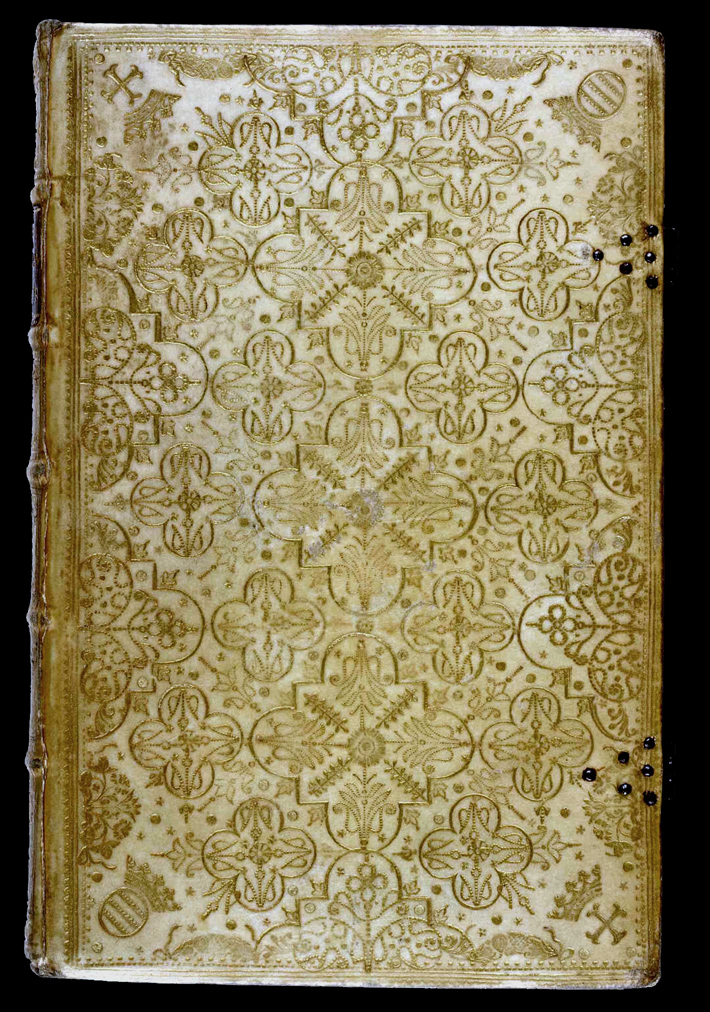

Shelfmark - Davis473
Held by - British Library
Country - France
Period - 17c
Cover Material -
Colour -
Decorative Technique - Tooled in gold
Style/Type - All over design
Edges -
Bookbinder - Luc-Antoine Boyet (1685-1733)
Ownership Mark - Brissac, Marie Marguerite de Cosse
Author -
Title -
Place of Publication -
Date of Publication -
Notes - For other French 17c bindings see Isabelle de Conihout & Pascal Ract-Madoux, Relieures Françaises du 17c, Paris 2002. Macchi states; the second half of the seventeenth century, Paris (?). The arms in the corners belong to Marie -Marguerite de Cossé Brissac (died October 20th, 1708) who married on March 28th 1662 François de Neufville, duke of Villeroy (Bibliothèque Raphaël Esmerian. Deuxième partie, p. 96, 100, n. 64).
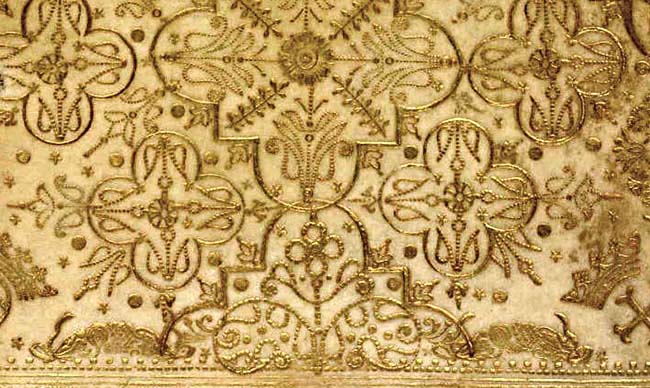

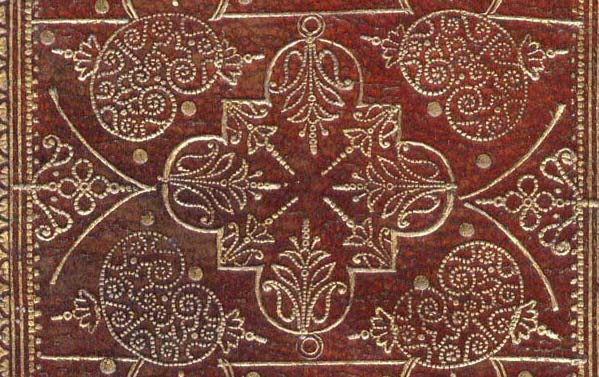

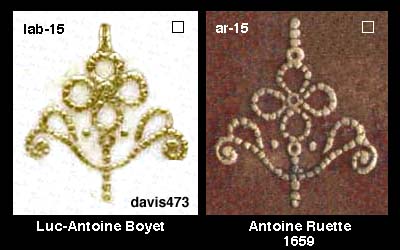
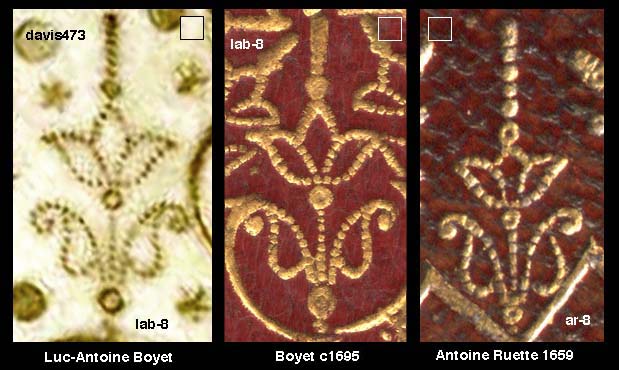
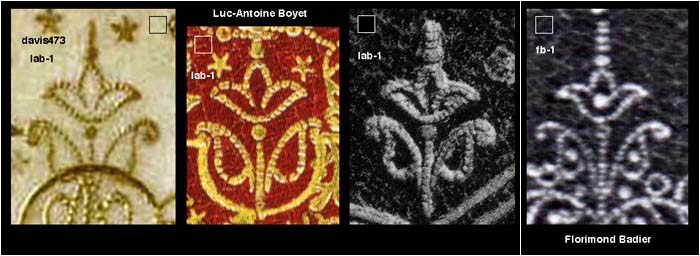

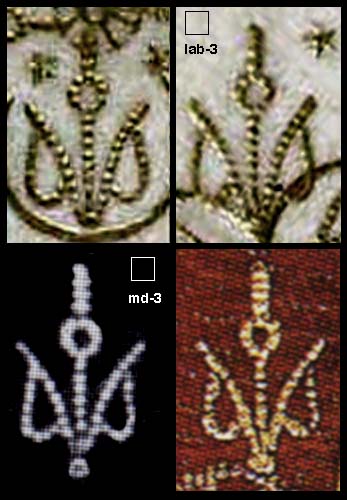
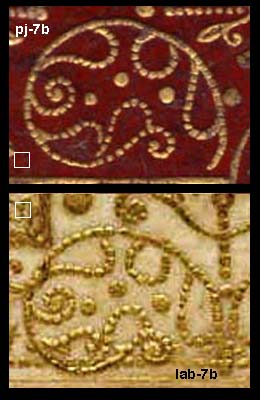
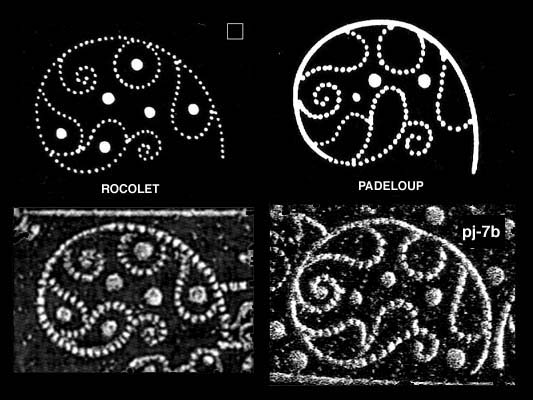
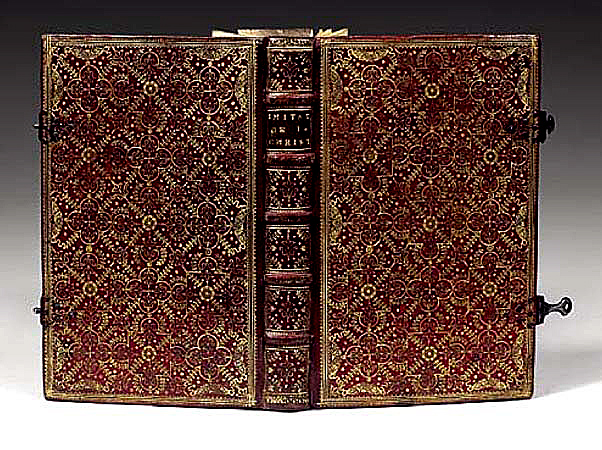
| Go to Digital Alchemy | return to the home page of cyclopaedia.org |